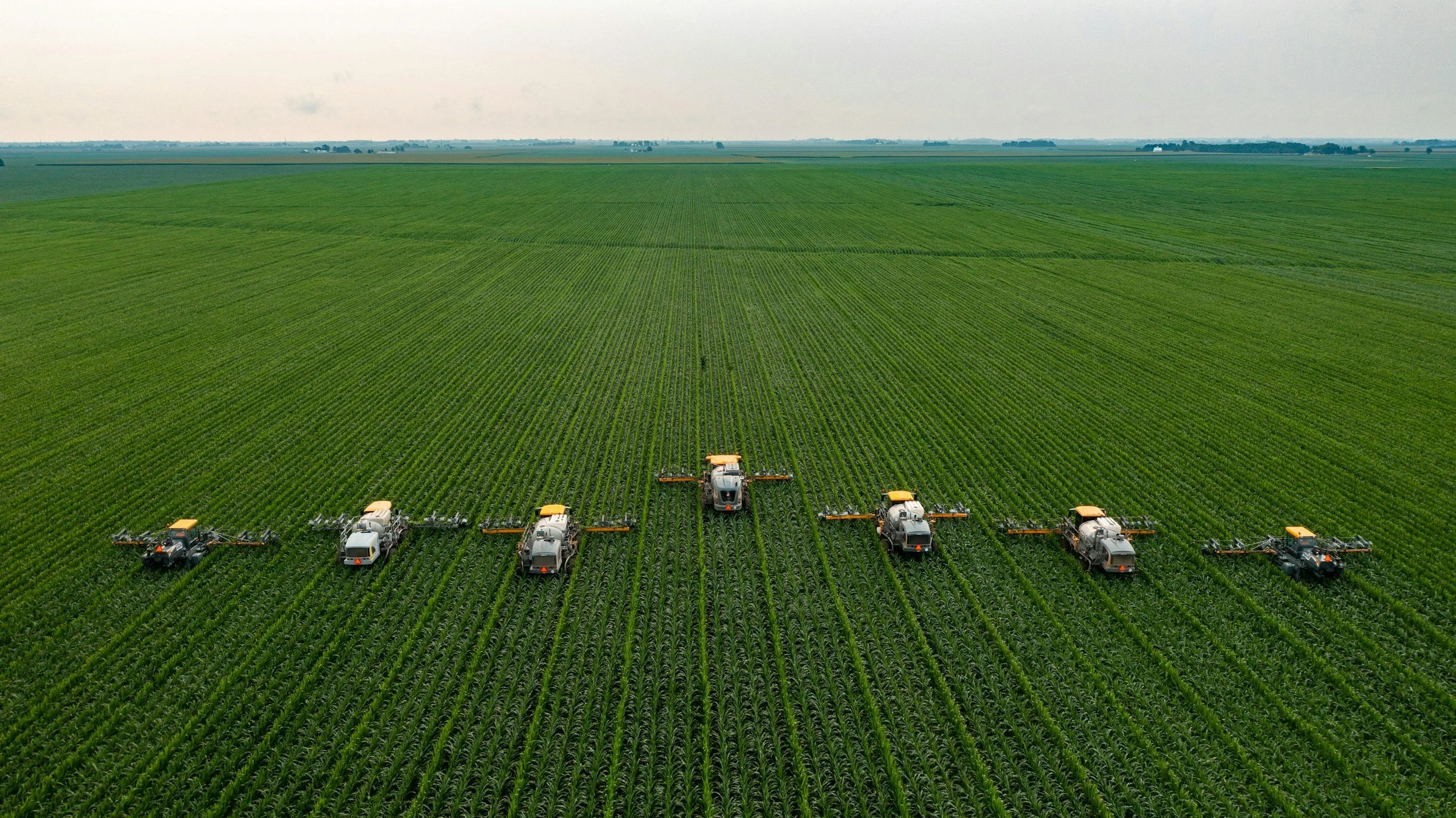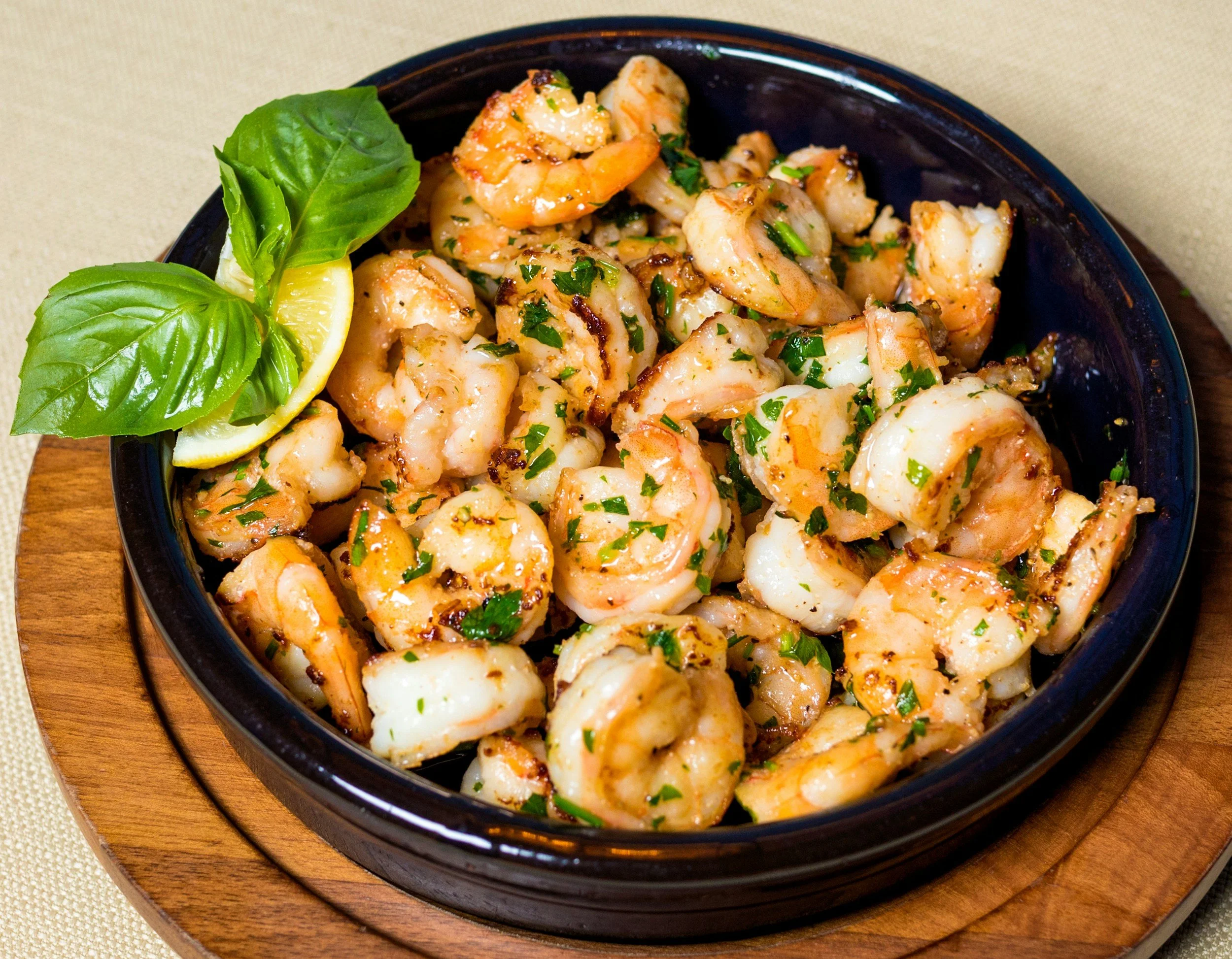Mid-Spring Planting: Easy Veggies, Fruits & Flowers for Beginners
/If you’ve ever turned to magazines, gardening shows, or even your local nursery’s stock to try and plan your spring garden, you’ll know it’s easy to feel overwhelmed by all the information – some of it conflicting – you can find out there. This is especially true if you’re new to gardening. As the days become warmer and longer, more people start shopping for plants and gardening supplies. It really is a perfect time to start planning a food and/or aesthetic garden, even if the weather hasn’t quite warmed up enough for you to transplant everything into beds outdoors.
Where should you start, though? And how can you avoid wasting time and/or money on plants that aren’t going to perform well in the space you have for growing? This article will help you plan your spring garden, focusing on easy-to-grow, beginner-friendly vegetables, fruits and flowers that have a high success rate and relatively low maintenance needs. Be sure to read to the end, because I’ll also share information about some freebies in our Free Resources library that will help you get started planning and planting your best spring garden.
Why Mid-Spring Is Ideal for New Gardeners
Mid-spring strikes a balance between lingering cool weather and the increasingly warm, sunny days ahead. This sweet spot offers several advantages that make it an excellent time for beginners to dive into gardening. For one, if you’re direct sowing seeds outdoors, the soil has begun to thaw and warm up, which helps seeds germinate more reliably than they would during the still-chilly early spring. Warmer soil also supports healthier root development, so transplants are less likely to suffer from shock when you move them into your garden beds or containers.
Mid-spring weather also tends to be milder and more predictable than the first few weeks of spring. With fewer temperature swings and the final frosts in most regions behind you, there’s less worry about sudden damage to young seedlings because of an unexpected cold snap. You’ll also enjoy longer daylight hours, which not only speeds up plant growth but gives you more time in the day to devote to garden tasks, which is perfect for gardeners who are still learning the ropes.
Best of all, starting in mid-spring means you can choose from a wide variety of plants that thrive in moderate conditions. This flexibility allows you to experiment while still having a high success rate, ideal for anyone who’s just getting started and looking for a confidence boost in their gardening journey.
Pre-Planting Preparation
A little preparation goes a long way toward ensuring a successful mid-spring garden, especially when you’re just starting out. By taking the time to assess your soil, choose the right growing space, and position your plants where they’ll receive adequate light, you’ll give yourself the best chance at high yields and a positive first gardening experience.
1. Soil Preparation
Before planting any seeds or transplants, it’s smart to test your soil for pH and key nutrients. You can use an affordable, store-bought test kit or send a sample to a local extension office for analysis. This step helps you understand which amendments—like compost or organic fertilizers—you might need to add. Incorporating a layer of compost into the top few inches of soil improves drainage, boosts fertility, and creates a healthy environment for plant roots.
2. Garden Plot vs. Container Gardening
Choosing between an in-ground garden or containers depends on your space, time, and comfort level. If you have limited room or poor soil quality, raised beds or containers are excellent solutions. They also offer easier weed control and let you fine-tune soil conditions. When opting for containers, ensure they’re large enough for the plant’s root system (e.g., five-gallon buckets for tomatoes or peppers) and have proper drainage holes to prevent waterlogging.
3. Sunlight & Location
Most vegetables, fruits, and flowers require at least six to eight hours of direct sunlight daily. Placing your garden in a spot with consistent sun exposure sets your plants up to thrive. Some cool-weather crops, like lettuce and spinach, can tolerate partial shade, so don’t worry if you don’t have a fully sun-drenched yard—just pick varieties suited to slightly shadier conditions.
Easiest Vegetables to Plant Mid-Spring
Mid-spring is a fantastic time for beginner gardeners to try their hand at growing cool-weather vegetables that can handle mild days and occasional cooler nights. These crops are relatively forgiving, mature quickly, and offer satisfying harvests that will give you confidence for the rest of the season.
1. Lettuce & Spinach
Lettuce and spinach are quick to germinate, making them perfect for anyone who wants almost immediate gratification. They can be grown in small beds or containers, which is handy if you’re short on space. Harvest leaves early and often to encourage continued growth.
2. Peas
Peas thrive in the cool temperatures of spring, producing sweet pods that are tasty raw or cooked. They do need some support in the form of a trellis, stakes, or netting, but the setup is simple. Once peas start climbing, you’ll enjoy watching their progress day by day.
3. Radishes
Radishes are among the fastest vegetables to mature, often ready to harvest just a few weeks after planting. Their rapid growth makes them ideal for squeezing between slower-growing crops. Plus, they add a peppery crunch to salads and snacks.
4. Carrots (Short Varieties)
Opt for shorter varieties of carrots if you’re planting in raised beds or containers with limited depth. These smaller carrots are still sweet and flavorful, and harvesting them at a young age is both fun and rewarding—especially for new gardeners.
5. Herbs
While herbs like basil prefer slightly warmer weather (consistently above 50°F at night), mid-spring can be a great time to start parsley, chives, or cilantro. Herbs add flavor to your meals and can often thrive in small pots on a windowsill or balcony.
Tips for Success
Regardless of the veggies you choose, pay attention to spacing and avoid overcrowding. Ensure consistent watering—aiming for moist but not overly saturated soil—and add a balanced, organic fertilizer or compost to give your plants a steady supply of nutrients. Finally, keep an eye out for common early-season pests like slugs, which can chew through young greens quickly if left unchecked.
Simple Fruits for Beginners
Growing fruit in your home garden doesn’t have to be complicated or time-intensive. For beginners, it’s best to start with varieties that require minimal maintenance and offer a good yield without years of waiting. By choosing the right types, you’ll get a sweet reward for your efforts sooner rather than later.
1. Strawberries
Strawberries adapt well to containers and small garden spaces, making them ideal for beginners or those with limited room. Everbearing varieties produce fruit multiple times in a season, so you can enjoy fresh berries over an extended period.
2. Raspberries (Container-Friendly Varieties)
Many raspberry varieties do surprisingly well in containers. They typically need little pruning, and once established, a healthy bush can produce fruit for several years. The key is to pick a dwarf or container-friendly type to keep the plant manageable.
3. Blueberries (If Soil Acidity Permits)
Blueberries flourish in acidic soil, but you can simulate these conditions by using the right potting mix in a container. In addition to yielding delicious berries, blueberry shrubs offer lovely spring blooms and striking autumn foliage.
Tips
Stick to a consistent watering schedule and feed your fruit plants with a balanced fertilizer formulated for berries. Cover ripening fruit with netting or other protective measures to keep hungry birds from swooping in and enjoying your harvest first.
Beginner-Friendly Flowers to Brighten Your Garden
Adding flowers to your garden not only provides a splash of color but also helps attract pollinators like bees and butterflies. For new gardeners, choosing low-maintenance, high-impact blooms ensures a beautiful display without overwhelming upkeep. Here are some tried-and-true favorites:
1. Marigolds
Hardy and vibrant, marigolds are known for their pest-deterrent properties, making them excellent companions for vegetables. They come in shades of yellow, orange, and red, and can withstand varying weather conditions.
2. Zinnias
Zinnias are long-blooming annuals that thrive in full sun and offer a stunning range of colors. They’re also relatively drought-tolerant once established, which means you won’t be tied to daily watering.
3. Cosmos
Fast-growing and adaptable to a variety of soils, cosmos add a whimsical, cottage-garden charm. Their delicate, daisy-like flowers sway gracefully in the breeze and make lovely cut bouquets.
4. Nasturtiums
Nasturtiums produce edible blossoms with a peppery flavor, perfect for spicing up summer salads. These bright blooms also serve as companion plants by repelling certain garden pests.
Tips
When deciding between seeds and nursery-bought seedlings, consider how much time you have for starting plants indoors. If you want instant color, seedlings offer a head start. Deadheading spent blossoms encourages more blooms, and a simple, consistent watering schedule will keep these flowers looking vibrant all season long.
Some Tips for Ongoing Garden Care
Regular, mindful maintenance can make all the difference between a flourishing garden and one that struggles to produce. Even if you’re short on time, a few key tasks each week will keep your plants healthy and productive.
Watering Routine
Monitor the moisture level of your soil by checking it with your finger or a small trowel. Aim to water when the top inch of soil is dry, providing a thorough soak rather than frequent light sprinklings. Early morning is best, as it allows leaves to dry quickly and reduces the risk of fungal diseases.Weeding & Mulching
Weeds compete with your plants for nutrients and water. Pull them out regularly, focusing on young weeds before they set seed. Apply a layer of mulch—such as straw, shredded leaves, or wood chips—to help lock in moisture and suppress new weed growth.Fertilizing & Soil Amendments
Feed your garden with organic, slow-release fertilizers or well-aged compost. This approach provides a steady supply of nutrients without overwhelming young plants. Periodically test and amend your soil to keep it balanced and fertile.Pest Control
Keep a lookout for common spring pests like aphids and slugs. Encourage natural predators (e.g., ladybugs) by growing a variety of flowering plants. For more persistent issues, opt for non-toxic methods—such as handpicking pests or using organic sprays—rather than harsh chemicals.
Troubleshooting Common Beginner Challenges
No matter how prepared you are, gardening surprises can still happen. Here are a few pitfalls you might encounter—and how to handle them:
Overwatering or Underwatering
It’s easy to hover over new plants and accidentally drown them, or to forget to water on sunny days. Keep a consistent schedule, and learn to read the signs of moisture stress.
Unexpected Late Frost
A sudden chill can harm tender seedlings. Have row covers or old blankets on hand for emergency protection if temperatures drop unexpectedly.
Yellowing Leaves
Yellow foliage can indicate poor drainage, nutrient deficiency, or pests. Inspect the roots for rot, adjust your watering habits, and consider adding compost or balanced fertilizer to the soil if you suspect a nutrient issue.
A Rewarding Journey
Embarking on a mid-spring garden can be a rewarding journey, especially when you start with easy-to-grow vegetables, fruits, and flowers. By focusing on simple techniques—like proper soil prep, consistent care, and pest management—you’ll build confidence and set the foundation for a thriving garden season after season.
Remember, gardening is all about learning and experimenting. Don’t be discouraged by minor setbacks; each lesson helps you grow as a gardener. If you’re ready to dive deeper, be sure to check out two of our free resources:
When to Plant-Transplant-Harvest: a guide dedicated to cool-weather vegetables, perfect for planning a spring-to-early-summer edible garden.
All-season Planting Guide: a resource for knowing what months to plant cool and warm-weather vegetables, arranged by USDA growing zones.
Feel free to explore these freebies in our Free Resources library. We hope they inspire you to keep gardening and experimenting. If you want to learn more about food gardening, try our mini course, The Edible Food Garden, launching later this month (April 2025). You can see the curriculum and sign up for our mailing list to be notified when the course is live.





































